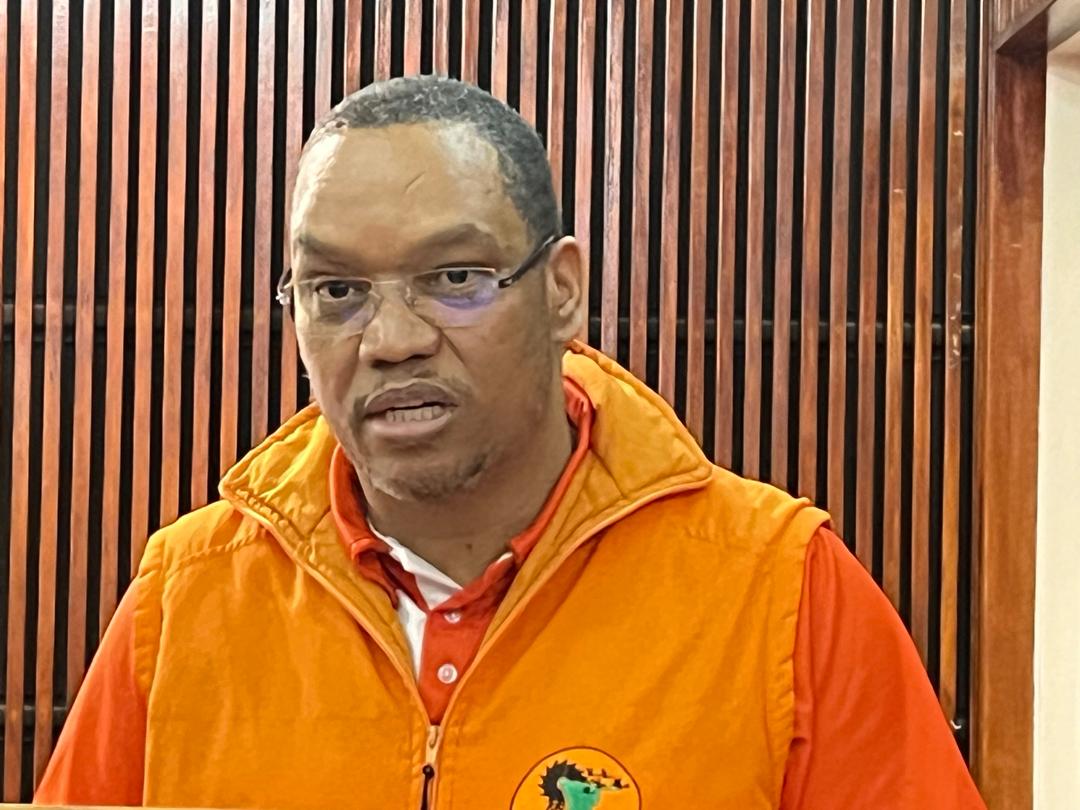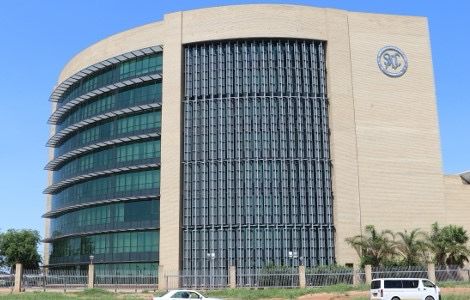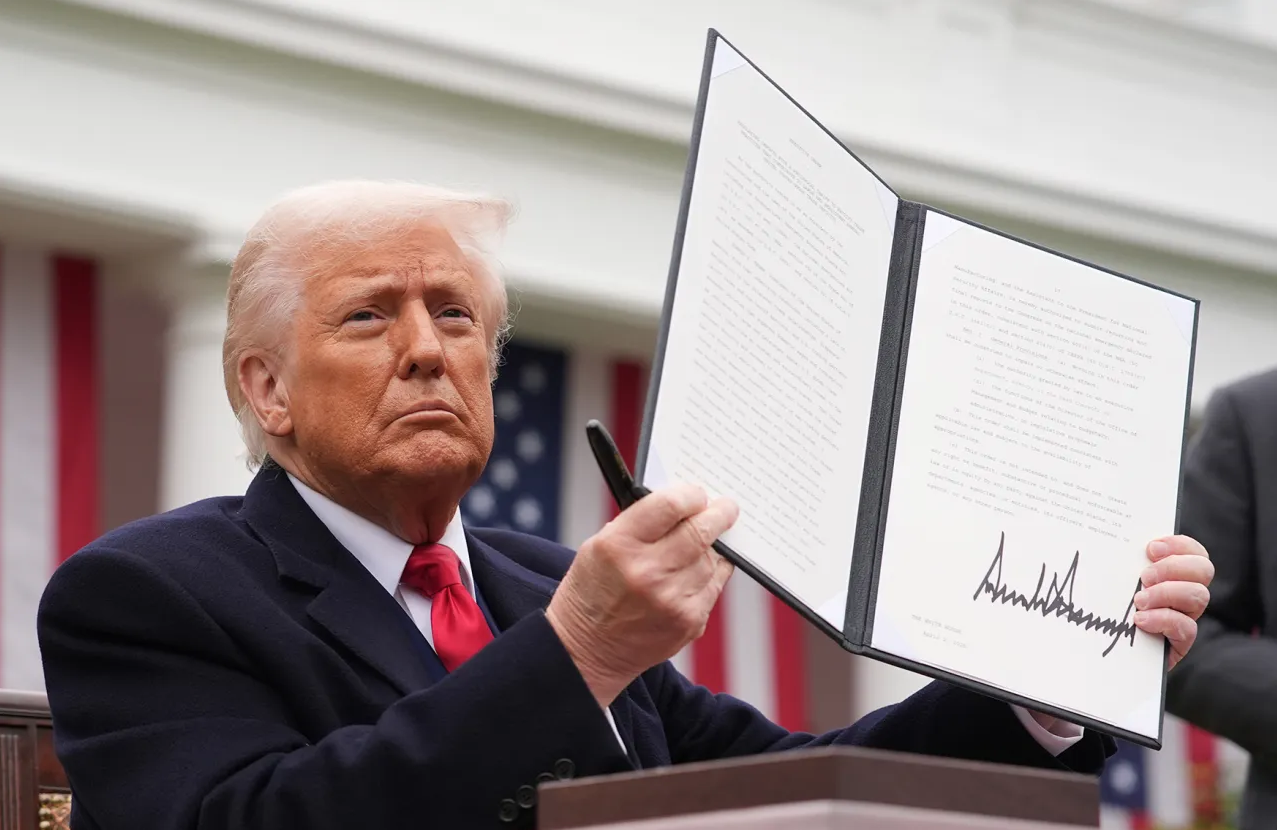JOHANNESBURG – South African state power utility Eskom needs to invest billions of dollars in electricity transmission and distribution lines over the next decade, but reaching a 2012 target of universal access may be tough, a senior official said.
Kannan Lakmeeharan, Managing Director at the utility’s system operations and planning division, said Eskom estimates it will need to spend at least US300 billion (US$40 billion) over the next decade on power infrastructure.But lack of funding and proper skills may make it difficult for the government to hook up all South Africans to the grid as planned by 2012, up from the 70 per cent connected at the moment.’It’s a difficult target … it will require significantly higher investment in distribution networks in Eskom and in the municipalities,’ Lakmeeharan told Reuters in an interview.’We also need to make sure that we have enough skills to execute the programme. That’s another major concern.’Electrification of the biggest economy in Africa is a major priority for the country’s new President Jacob Zuma.But Eskom, which supplies some 90 per cent of the country’s power, has already been struggling to meet rising demand after neglecting to invest in capacity and infrastructure for years.The utility, which has been rationing power since a near collapse of the grid last year, rolled out a N$385 billion expansion programme to boost capacity, but is battling to raise all the funds needed for the new power station build, especially in the face of a record N$9,7 billion loss.REGIONAL TRADESouth Africa’s power stations are connected by more than 28 000 kilometres of high voltage transmission lines and more than 300 000 km of distribution lines.The utility loses between 7-9 per cent of the electricity transmitted via its lines, partly due to technical losses and theft, but also because of the extended nature of its network.South Africa, which relies on coal for 95 per cent of its power, generates most of it in the northern Witbank region, and needs to transport electricity over distances of up to 1 500 km.’We have a relatively extended network, which is our main challenge,’ Lakmeeharan said. That will change once the country moves to diversify its energy mix and builds new nuclear power stations at the coast.Eskom has also been involved in regional transmission projects via the Southern African Power Pool (SAPP) to both boost trade in the region but also for security of supply.’We are now interconnected … problems in Zambia, problems in South Africa can affect any other country,’ Lakmeeharan said.Together with the utilities from Swaziland and Mozambique, Eskom built a 400 kV power line to BHP Billiton’s Mozal aluminium smelter in Mozambique and built another to connect to Zimbabwe via Botswana to be able to source power from Zambia, the Democratic Republic of Congo and Mozambique.Lakmeeharan said having a dedicated customer such as BHP would help transmission projects go ahead and urged countries to try benefit from other regional infrastructure investments.’You can get network charges for the use of your network and that’s the trade-off,’ he said. So far regional trade has been limited due to constraints on the lines and the lack of sufficient spare capacity, but that will change as the region invests in boosting supply.Lakmeeharan said private players could get involved, citing the example of Zambia’s Copperbelt Energy Corporation, which has built and operates the network to the country’s copper mines. -Nampa-Reuters
Stay informed with The Namibian – your source for credible journalism. Get in-depth reporting and opinions for
only N$85 a month. Invest in journalism, invest in democracy –
Subscribe Now!










